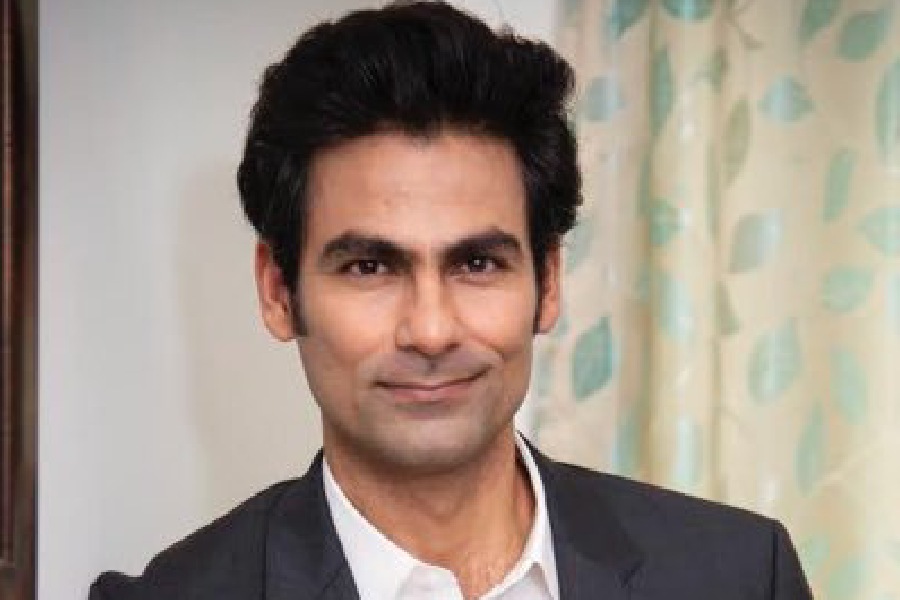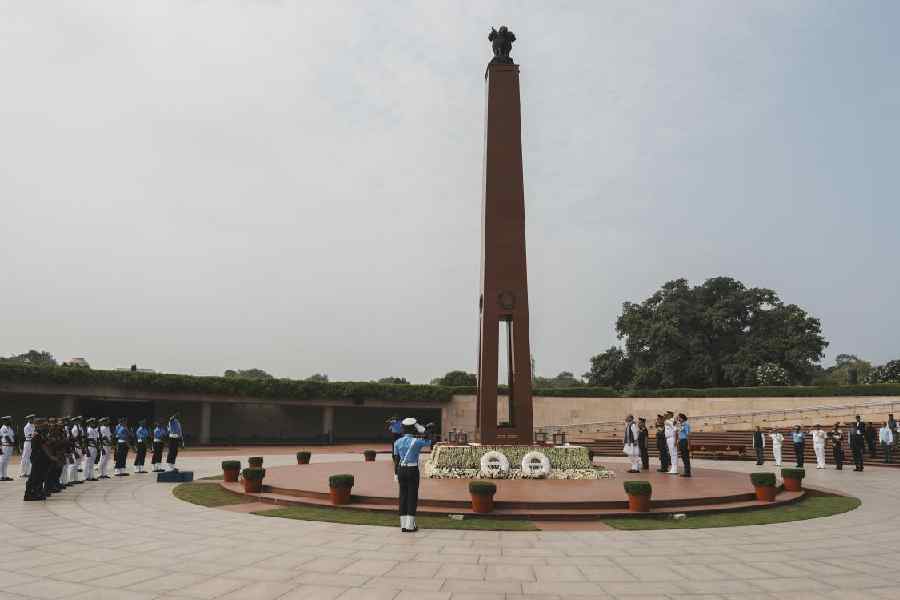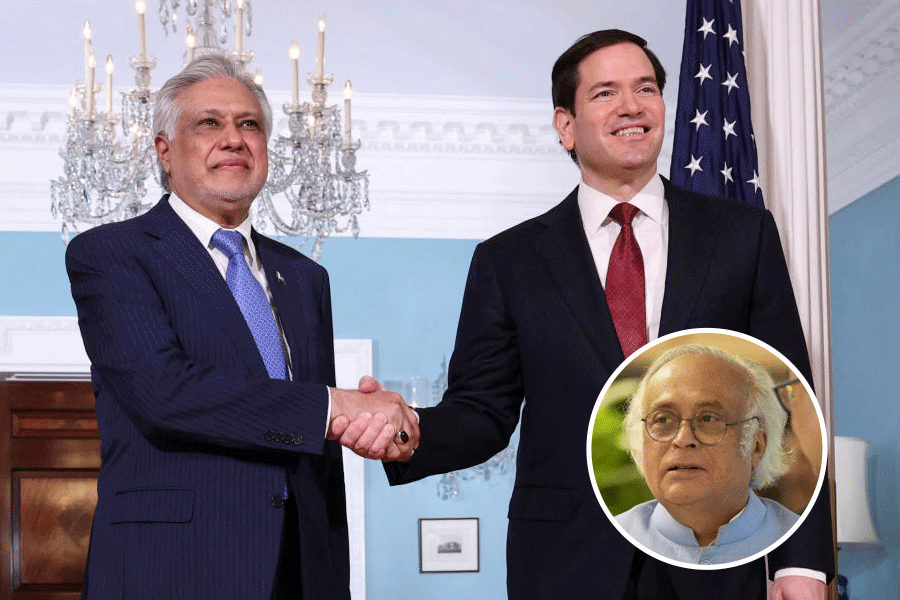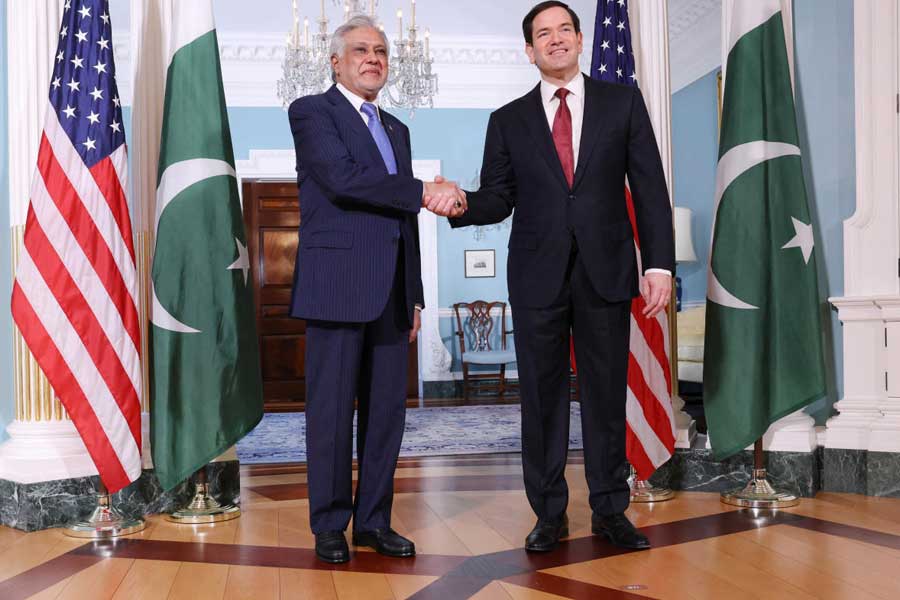 |
| Participants in one of the races at the Jorhat Gymkhana ground. File picture |
Jorhat, Feb. 10: Helmets, saddles, stirrups — the paraphernalia of horseriding was conspicuous by its absence at the Jorhat Races, which closed on Saturday.
In fact, so stunned was Assam governor S.C. Mathur that he could not stop raving about the “courage” of the jockeys who rode bareback with elan.
“I salute the courage and confidence of these horsemen who ride their horses with such ease without the saddles,” Mathur said during the finals at the Jorhat Gymkhana ground. Haren Tai, Bimal Taku, Niranjan Panging, on the other hand, were surprised that the governor should find their deed so heroic. These bare-footed jockeys in shorts find no reason to trade their traditional bareback riding with the more common saddle riding.
“Saddle? What saddle? Why does one need such comfort when the back of the horse is soft enough?” asked Tai, adjudged one of the best horse riders at the 331st edition of the Jorhat Races.
Mising riders from various parts of Upper Assam converge at this annual Derby, dubbed the oldest major sporting event in the region.
The riders bring their own horses (read ponies) with them. This year, nearly 40 riders, mostly from Jangimukh and Amguri areas in Sivasagar district, came to Gymkhana ground to try their luck.
More than the cash and the trophies, it is the honour that spurs them on. “The horses and riders are trained from a tender age. A rider has to gel with the horse and this gelling process starts early,” said Ranjit Tai, an owner of 16 horses, which were brought to the races this year.
Ranjit, Tai’s uncle, said his nephew is being trained since he was six.
“Haren loves horses and a particular horse, Dulumoni, has simply gelled with Haren,” Naren said.
Training is not the only key to Mising success at the races.
Horses are a part and parcel of the tribals’ lives.
“We use the horses in farming activities and pulling carts. We cannot think of life without them,” Naren said.
The Gymkhana authorities, the organisers of the annual horse races, provide funds every year for the development of the community — a price for keeping the historical races running.
“Apart from the prize money, funds are provided for construction of community halls and school buildings in the Mising villages from where these horses and riders come every year to participate in the races,” said Prabhat Bezbaruah, the president of the race committee.
According to the Bezbaruah, the British planters, who used horses for transport, started the race with high breed horses.











